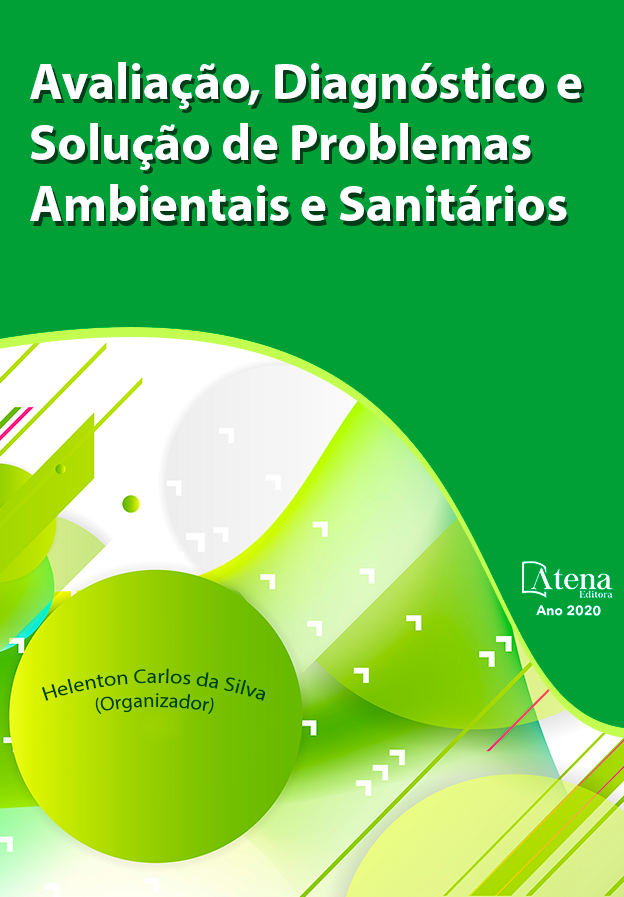
Dimensionamento de um sistema fotovoltaico para as estações de tratamento de água e efluentes de Lages/SC
A poluição e os impactos causados pela produção e utilização de fontes convencionais de energia vêm mostrando um crescimento na busca por energias alternativas, das quais, na maioria dos casos, a solar demonstra ser a mais promissora. Dentre os vários locais em que os sistemas de energia solar podem ser implementados, destacam-se as estações de tratamento de água de esgoto dado os diversos benefícios que podem ser obtidos, como a redução de impacto ambiental e a atenuação do alto custo operacional destas atividades. Apresenta-se como objetivo principal deste estudo o dimensionamento de um sistema fotovoltaico que atendesse a demanda energética das estações de tratamento de água (ETA) e esgoto (ETE) do município de Lages/SC, avaliando economicamente sua possibilidade de instalação. Analisou-se dois cenários: o cenário real, no qual realizou-se o dimensionamento de painéis fotovoltaicos utilizando apenas as áreas disponíveis e viáveis para tal função; e o cenário hipotético, considerando que toda a demanda de energia elétrica das estações seria suprida pelo sistema fotovoltaico. Os resultados obtidos demonstram que a implementação de um sistema fotovoltaico tipo Grid-Tie nas estações de tratamento é viável, pois obteve-se um payback igual a três anos e três meses para o cenário real, e para o cenário hipotético, um payback de quatro anos e seis meses.
Dimensionamento de um sistema fotovoltaico para as estações de tratamento de água e efluentes de Lages/SC
-
DOI: 10.22533/at.ed.2932025085
-
Palavras-chave: Energia solar. Sistema Grid-Tie. Estação de tratamento de água.
-
Keywords: Solar energy. Grid-Tie system. Water treatment plant.
-
Abstract:
Pollution and the impacts caused by the production and use of conventional energy sources have shown an increase in the search for alternative sources of energy, of wich the solar energy shows to be the most promising one. Among the various places where solar energy systems can be implemented, water treatment plants and effluents treatment plants stand out given the various benefits that can be obtained, such as reducing environmental impact and the high operational cost of these activities. The main objective of this study is to design a photovoltaic system that answers the energy demand of water treatment plant and domestic effluent treatment plant of Lages / SC, economically evaluating their possibility of installation. Two scenarios were analyzed: the real scenario, in which the sizing of photovoltaic panels was carried out using only the available and viable areas for such function; and the hypothetical scenario, considering that all the electricity demand from the plants would be supplied by the photovoltaic system. The results obtained demonstrate that the implementation of a Grid-Tie photovoltaic system in the treatments plants is feasible, since the payback was equal to three years and three months for the real scenario, and for the hypothetical scenario, the payback obtained was four years and six months.
-
Número de páginas: 9
- Mariana Gomes Oliveira
- Isabella Alessandra Branco
- Camila Luzia Rufino
- Aline Schroeder
- Renata Bulling Magro


